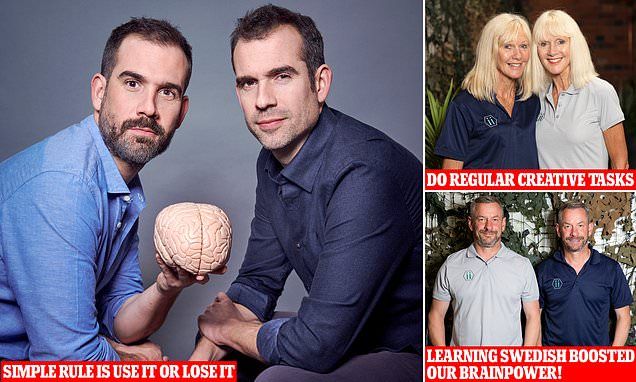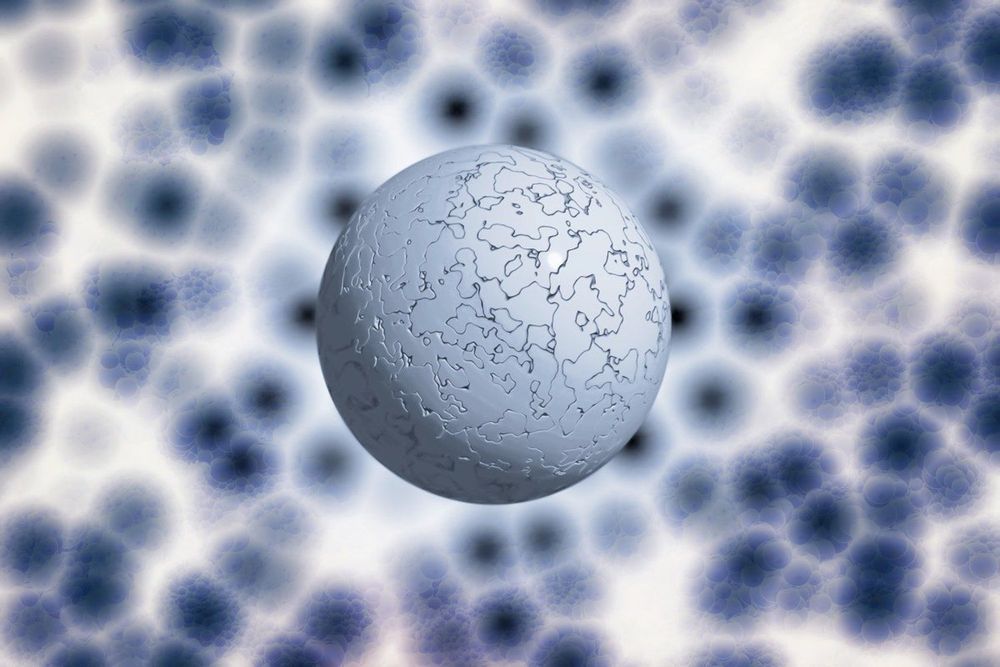Today in the Mail’s pullout, the twins focus on anti-ageing your brain, and show you simple strategies to give it a boost — from telling you why you’re becoming forgetful to revealing the techniques you can use to improve brain health and function.
Yes, in the ‘spouse’ seat during counselling was Xand, his identical twin and fellow telly doctor.
It’s quite a revelation that these two — both contenders for the title of TV’s sexiest doctor, surely — have a relationship that might require them even to think of counselling.










